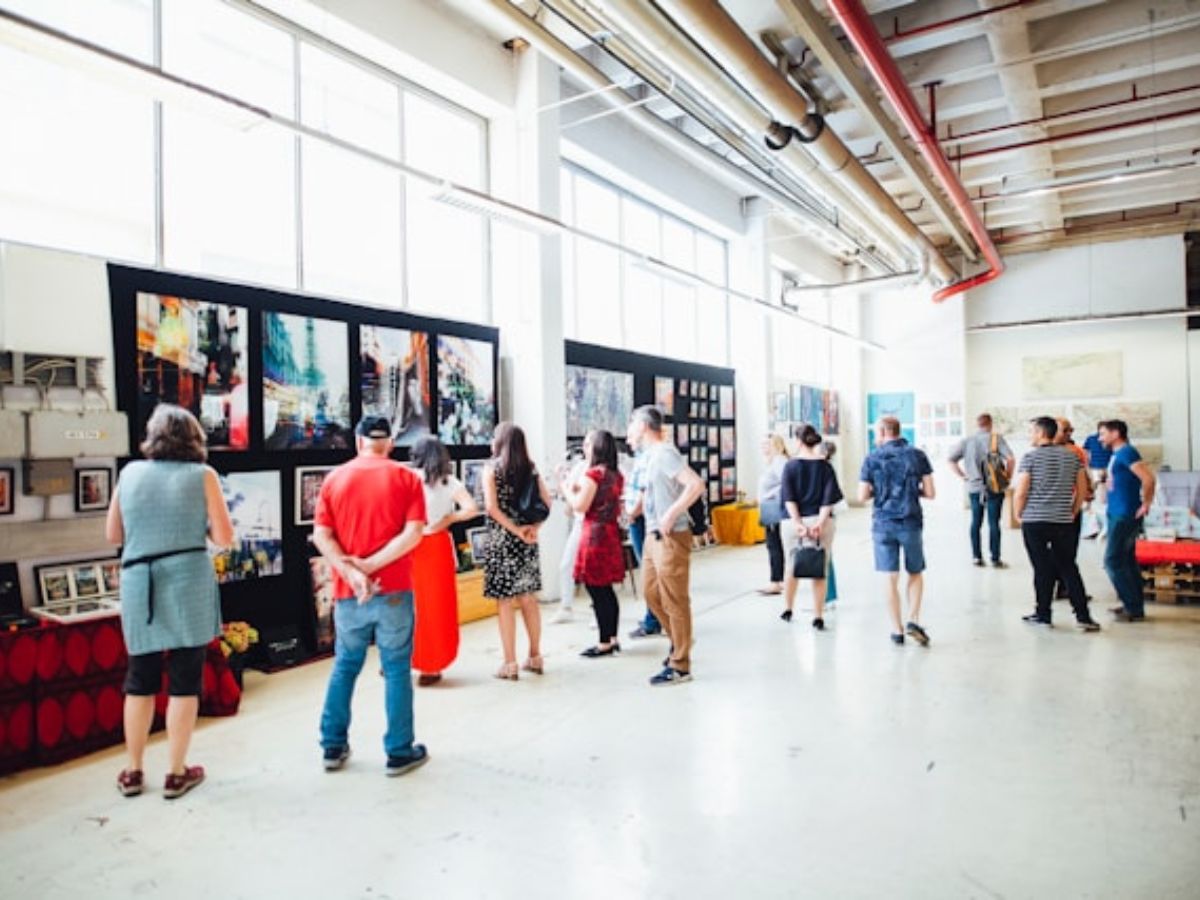
How to Balance Online and Offline Presence for Painters
In the contemporary art world, balancing an online and offline presence is much desired by painters who want to promote their artworks and art business effectively. Both spheres offer unique advantages that, when combined, can significantly enhance a painter’s visibility and success.
Online Presence: Expanding Reach
The internet has revolutionized how artists can reach their audience. An online presence allows painters to showcase their work to a global audience, transcending geographical limitations.
In a survey by Pew Research Center in 2013 of arts organization in the US, 81% of the organizations say the internet and digital technologies are “very important” for promoting the arts. Half of the respondents “strongly agree” with the statement that the internet “has increased engagement in the arts by providing a public platform through which more people can share their work.”
Platforms like Instagram, Facebook, Pinterest, and TikTok are invaluable for visual artists, providing spaces where images reign supreme. Regularly posting high-quality photos of artworks, behind-the-scenes processes, and studio life can engage followers and attract potential buyers.
A personal website serves as a digital portfolio, offering a professional space to display artworks, share artist statements, and provide contact information. Utilizing SEO strategies can enhance a website’s visibility on search engines, making it easier for art enthusiasts to find the artist.
Online art marketplaces such as Etsy, Saatchi Art, and Artfinder allow painters to sell their works directly to consumers. These platforms often come with built-in audiences actively searching for unique pieces, providing a ready-made market.
Social media engagement is another critical component. Responding to comments, participating in art community discussions, and collaborating with other artists can foster a supportive network and increase an artist’s following. Live streaming and video content, such as tutorials or Q&A sessions, can also build a personal connection with the audience.
Offline Presence: Building Personal Connections
While the digital realm is essential, an offline presence remains equally important. Physical interactions provide opportunities for personal connections that can be more impactful and memorable than online interactions.
Art fairs, exhibitions, and gallery shows allow artists to display their work in a tangible form, offering viewers a chance to experience the texture, scale, and true colors of the paintings.
Networking events, artist talks, and workshops offer platforms for artists to share their stories, techniques, and inspirations in person. These interactions can lead to fruitful relationships with gallery owners, collectors, and fellow artists, fostering collaborations and support.
Local community involvement is also beneficial. Participating in local art walks, donating pieces for charity auctions, or collaborating on community art projects can build a painter’s reputation within their locality, creating a loyal local following.
Integration: The Best of Both Worlds
The key to effectively balancing online and offline presence lies in integration. An artist can use their online platforms to promote offline events, driving traffic to gallery shows or art fairs. They can capture moments from these offline events to share online, creating content that showcases their active involvement in the art community.
Cross-promotion between these two realms ensures a broader reach and a more dynamic presence. By maintaining an active and engaging online persona while also fostering personal, face-to-face connections, painters can build a robust and resilient art business, maximizing their exposure and opportunities for success.
